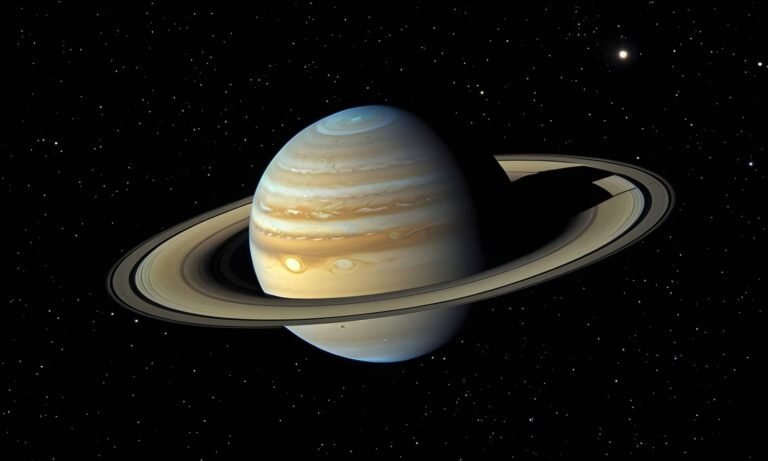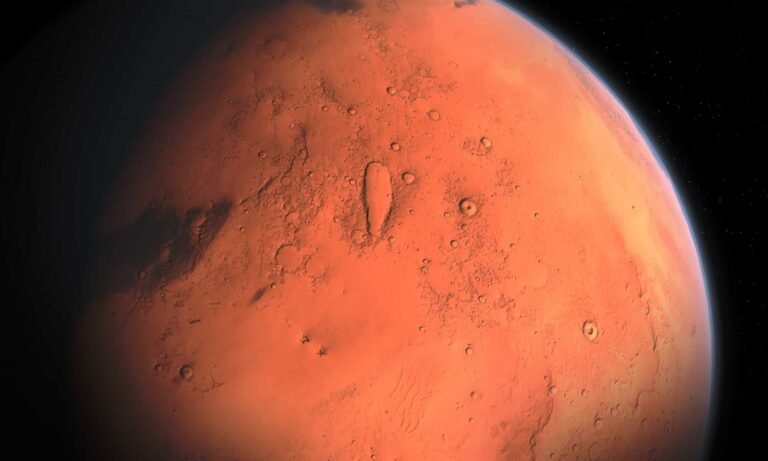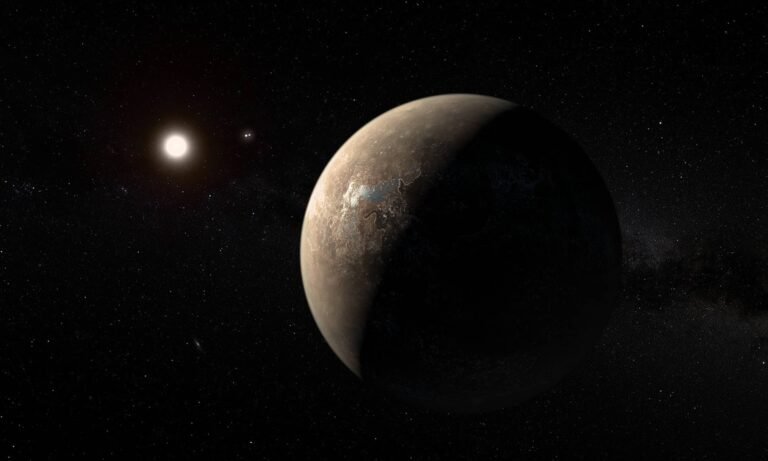Satellites are artificial objects that are intentionally placed into orbit around Earth or other celestial bodies for the purpose of a variety of applications. These versatile tools are vital in modern technology, scientific research, and communications, expanding our capabilities in numerous fields. A satellite typically consists of several key components, including a power system, thrusters for orbit adjustments, communication systems, and data handling units, which work together to perform its designated functions.
Satellites can be categorized into different types depending on their orbit and purpose:
- Geostationary satellites are positioned approximately 35,786 kilometers above the Earth’s equator. They maintain a fixed position relative to the Earth’s surface, effectively allowing for continuous communication coverage of a specific area. This characteristic makes them particularly valuable for telecommunications and broadcasting, as the signals transmitted can be consistently aligned with receivers.
- Low Earth orbit (LEO) satellites, on the other hand, orbit at altitudes ranging from 180 to 2,000 kilometers above the Earth. Their proximity to the planet enables them to capture high-resolution images and monitor environmental changes. LEO satellites are widely used in Earth observation missions, weather forecasting, and scientific research due to their ability to gather data quickly and efficiently.
- Medium Earth orbit (MEO) satellites occupy an intermediate position, typically ranging from 2,000 kilometers to 35,786 kilometers above the Earth. These satellites often serve navigation and timing purposes, such as those found in the Global Positioning System (GPS). The unique attributes of MEO satellites allow for a balance of coverage, latency, and signal strength necessary for precise navigation and location services.
The Role of Satellites in Daily Life
Satellites play a crucial role in our everyday lives, seamlessly integrating into various aspects of modern society. One of the most visible applications of satellites is in communication. Satellite technology facilitates television broadcasting and internet connectivity, particularly in rural or remote areas where traditional infrastructure is lacking. Systems such as Direct-To-Home (DTH) satellite services allow users to access a wide range of television channels from anywhere with a clear line of sight to the sky. Furthermore, the rise of satellite internet providers, such as SpaceX’s Starlink, promises to enhance connectivity for underserved populations globally.
Insane Curiosity
Another significant contribution of satellites is in navigation. The Global Positioning System (GPS), which relies on a constellation of satellites orbiting Earth, has transformed the way we travel and navigate. This technology allows individuals to pinpoint their location with incredible accuracy, guiding them via smartphone applications or dedicated GPS devices. Beyond personal use, GPS is integral for various industries, including transportation, agriculture, and logistics, where precise location tracking and navigation are essential for efficiency.
Satellites also have a profound impact on weather forecasting. Meteorological satellites continuously monitor atmospheric conditions, providing critical data that helps predict weather patterns and potential natural disasters. Agencies such as NOAA (National Oceanic and Atmospheric Administration) employ these satellites to inform the public of impending storms, allowing individuals and businesses to take necessary precautions. Additionally, research satellites contribute valuable insights into climate change and environmental monitoring, enabling scientists to study the Earth’s systems and their variations over time.
The Technology Behind Satellites
The technology that underpins satellite functionality is both sophisticated and crucial for their operation. Satellites are designed to withstand the harsh environment of space, necessitating advanced materials and engineering practices. Their structural design typically includes a robust yet lightweight frame to support various onboard systems, essential for launching and maintaining the satellite in orbit. Propulsion systems, another critical aspect, enable satellites to reach and remain in their designated orbits. While traditional chemical propulsion is still widely used, advancements in electric propulsion systems, such as ion thrusters, offer enhanced efficiency and longevity, supporting longer missions with less fuel consumption.
Communication and power systems are equally vital to satellite operations. Satellites rely on radio frequency (RF) communications to transmit and receive data, with high-throughput satellites utilizing a range of frequencies to provide expansive services. Innovations like laser communication links are increasing data transmission rates, which are essential for modern demands. Power sources, predominantly solar panels, ensure satellites remain operational by converting sunlight into electricity. Recent improvements in solar energy technology, such as more efficient photovoltaic cells, have extended satellites’ operational lifespans and boosted performance.
One notable development in satellite technology is the trend towards miniaturization, exemplified by the rise of CubeSats. These small, compact satellites have significantly reduced deployment costs while opening new possibilities for scientific research and commercial applications. The combined advancements in design, propulsion, communication, and power systems have not only enhanced satellite capabilities but also expanded their use in diverse fields
The Future of Satellites
The future of satellites is poised for significant transformation, driven by advancements in technology and the growing needs of global society. As challenges such as climate change and disaster management become increasingly pressing, satellites are emerging as vital tools for addressing these issues. For instance, satellites equipped with advanced remote sensing capabilities have the potential to monitor environmental changes, track deforestation, and assess natural disasters in real-time, providing essential data to aid in decision-making and response efforts.
In addition to environmental monitoring, satellites are integral to enhancing global connectivity. The advent of mega-constellations, which involve deploying large groups of small satellites in low Earth orbit, is set to revolutionize broadband access across the globe. These satellite networks aim to bridge the digital divide by providing high-speed internet to remote and underserved areas, promoting educational opportunities and economic growth. Companies are increasingly recognizing the potential for these systems to expand internet accessibility, thus facilitating the global digital economy.
Furthermore, the commercialization of space is gaining momentum. Private companies are investing in satellite technology, leading to innovative applications that extend beyond traditional uses. For example, the burgeoning field of space tourism presents exciting prospects for the satellite sector. As commercial space travel becomes more feasible, satellites will play a crucial role in navigation and safety for space tourists and providers alike.
Natural Satellites
Natural satellites, often referred to as moons, are celestial bodies that orbit planets and play essential roles in their systems. While Earth’s Moon is the most familiar example, many other planets in our solar system have moons, each with unique characteristics.
The universe offers incredible variety in natural satellites. Jupiter has over 79 moons, including Ganymede, the largest in the solar system and even bigger than Mercury. Saturn’s moons, like Titan, are fascinating for their thick atmospheres and methane lakes, making them important subjects of scientific study
The seven largest natural satellites in the Solar System (those bigger than 2,500 km across) are Jupiter’s Galilean moons (Ganymede, Callisto, Io, and Europa), Saturn’s moon Titan, Earth’s moon, and Neptune’s natural satellite Triton.
Natural satellites have significant implications for both planetary science and astronomy. They help astronomers understand the formation and evolution of planets and provide insights into the history of our solar system. Observational studies of these moons can reveal geological activity, potential for life, and their effects on their parent planets, such as tidal forces.
In conclusion, natural satellites are integral components of our solar system, shaping the dynamics of planetary systems in significant ways. Their diverse features and intriguing behaviors continue to inspire scientists and enthusiasts alike, leading to groundbreaking discoveries and advancements in our understanding of the universe. Whether studying the icy surfaces of Europa or the volcanic activity of Io, the exploration and study of natural satellites remains a vibrant, ever-evolving area of research.
What’s More
The posts in My Blog feature reflective, story-driven pieces rooted in personal and societal insights.
The topics in My Interests explore abstract, philosophical ideas and their cultural and societal impact.
👁️ 8,190 Views















